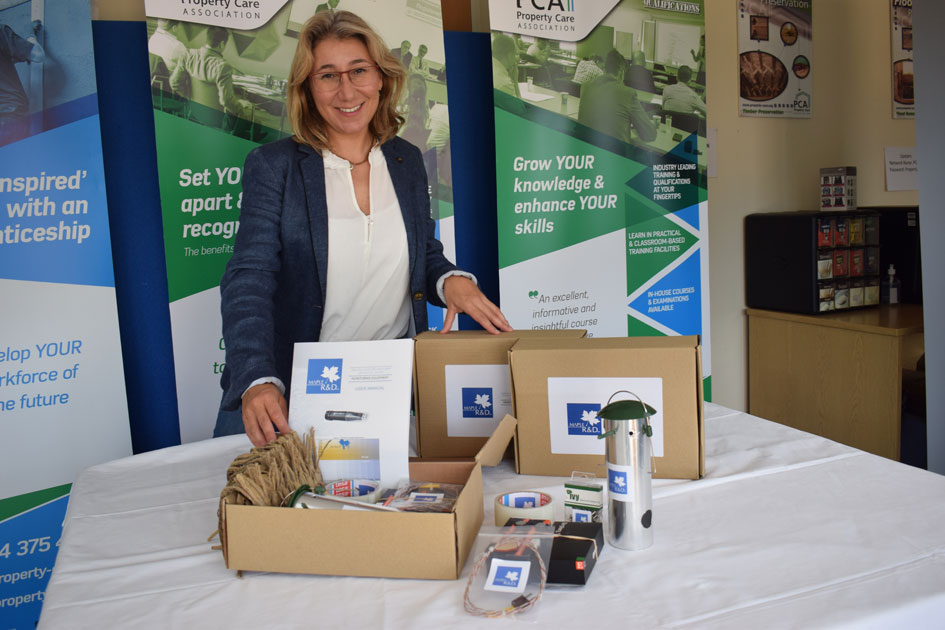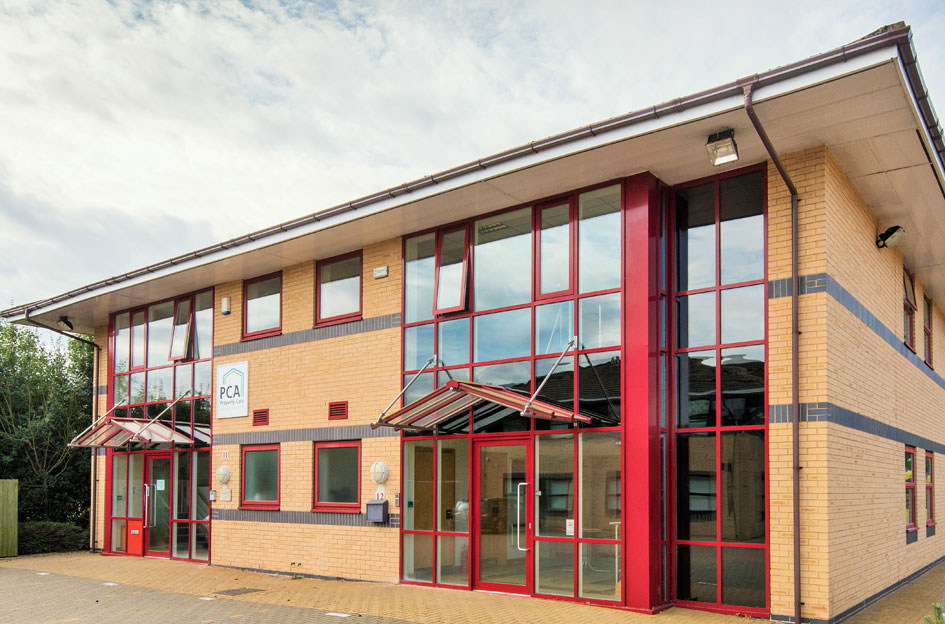A combination of technology and training can help housing association professionals ensure that their approach to damp and mould reflects the call for ‘zero tolerance’ made by the Housing Ombudsman.
The Property Care Association (PCA), has a carefully curated package of training options available to Housing Association professionals, that can be tailored to suit specific needs.
In addition, the Association can signpost professionals to its newly developed Condensation and Mould Diagnostic System, that can identify the root cause of the issue and provide impartial recommendations to remedy the problem.
Following the introduction of the Homes (Fitness for Human Habitation) Act 2018, there has been a sharp focus on dampness in tenanted buildings, with Housing Ombudsman Richard Blakeway calling for a ‘zero tolerance’ approach to damp and mould.
In his report ‘Spotlight on: damp and mould - It’s not lifestyle’ (www.housing-ombudsman.org.uk/2021/11/03/new-guidance-for-landlords-on-disrepair-claims), he cites data and intelligence as a means of tackling the issue, warning that addressing the issue needs to be a high priority for landlords and that ‘effective diagnosis is critical.’

Dr Paula Lopez, Head of Research at the PCA with the PCA’s ‘Condensation & Mould Diagnostic System’
As well as a new online course specifically tackling dampness in tenanted buildings, the PCA has a range of training options available, including the Moisture Management one-day masterclass series on diagnosis of condensation and mould, residential ventilation and retrofit insulation.
Offering industry-respected training that has already benefitted people in roles across the Housing Association industry from Service Delivery Manager to
Responsive Repairs and many more besides, PCA aims to help professionals gain a deeper insight into the impact of damp and condensation issues, as well as promote confidence when approaching remedies and dealing with contractors.
PCA chief executive, Steve Hodgson, said: “The PCA has both the technology and the training available to help Housing Association professionals demonstrate that moisture in buildings – and the impact this can have on residents – is an issue they are equipped and able to deal with in the most effective way.
“Our training courses offer professionals the breadth of knowledge and understanding they need when approaching a damp or mould issue with a tenant or contractor, while the new Condensation & Mould Diagnostic System technology can analyse conditions with a building to protect against excess moisture.
“Measurement devices, including environmental sensors are used to measure conditions such as temperature and relative humidity and the bespoke software will calculate results which show why the moisture levels in an individual property are out of balance.
“The system then prescribes solutions to address the issue.”
The Condensation & Mould Diagnostic System was launched by the PCA following a three-year research project with the University College London Institute for Environmental Design and Engineering (UCL IEDE).

The PCA Training Centre
Results from the research project involving the introduction of the PCA’s new ‘Condensation & Mould Diagnostic System’ in homes managed by a social housing provider were presented as part of a call for evidence on the subject from the Housing Ombudsman last year.
Dr Paula Lopez-Arce, Head of Research at the PCA, said: “Ahead of the Spotlight report, the Ombudsman issued a ‘call for evidence’ in June, asking members and residents to support a thematic investigation into damp and mould.
“As part of the call, our condensation and mould diagnostic system was put forward with our research partner in the social housing sector, providing evidence of elimination of condensation damp and mould in some of their properties.
“Our partner has used the diagnostic tool to monitor and evaluate indoor environmental data and receive autonomous impartial technical reports showing the root cause of damp and mould and the right recommendations to follow.
“The before and after repairs, monitoring and objective evaluation and reporting system has allowed the housing association to show the evidence of problems solved.
“Ultimately, the diagnostic system aids resolution and reduces the time and cost of claims and repeat visits to the same properties to respond to damp and mould, with our critical and impartial diagnostics based on scientific data evaluation directing landlords to more cost-effective repair solutions.”
The PCA’s ‘Condensation & Mould Diagnostic System’ is now available in the UK from the PCA under a specialist company, Maple Research and Development.
Housing associations can find out more about the pioneering diagnostic technology at: www.property-care.org/condensation-mould-diagnosis.
For details on training for professionals in the sector, or to view a series of informative videos on topics related to moisture in buildings, visit:
Training and Resources for Housing Association Professionals - Property Care .
- Log in to post comments













